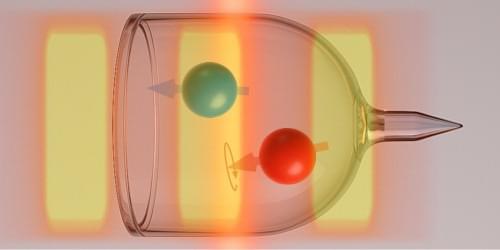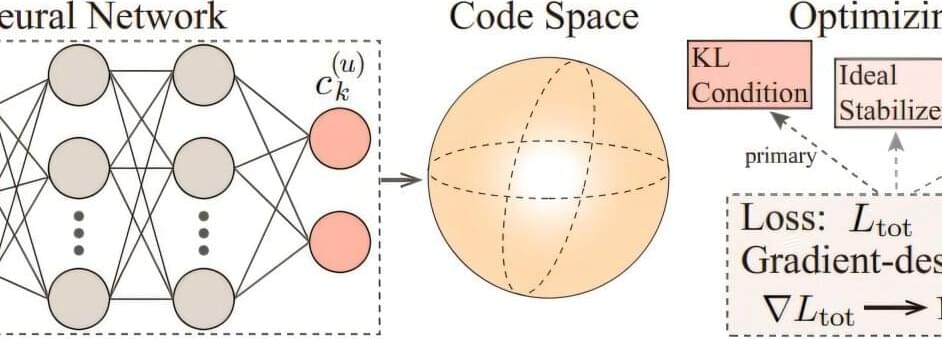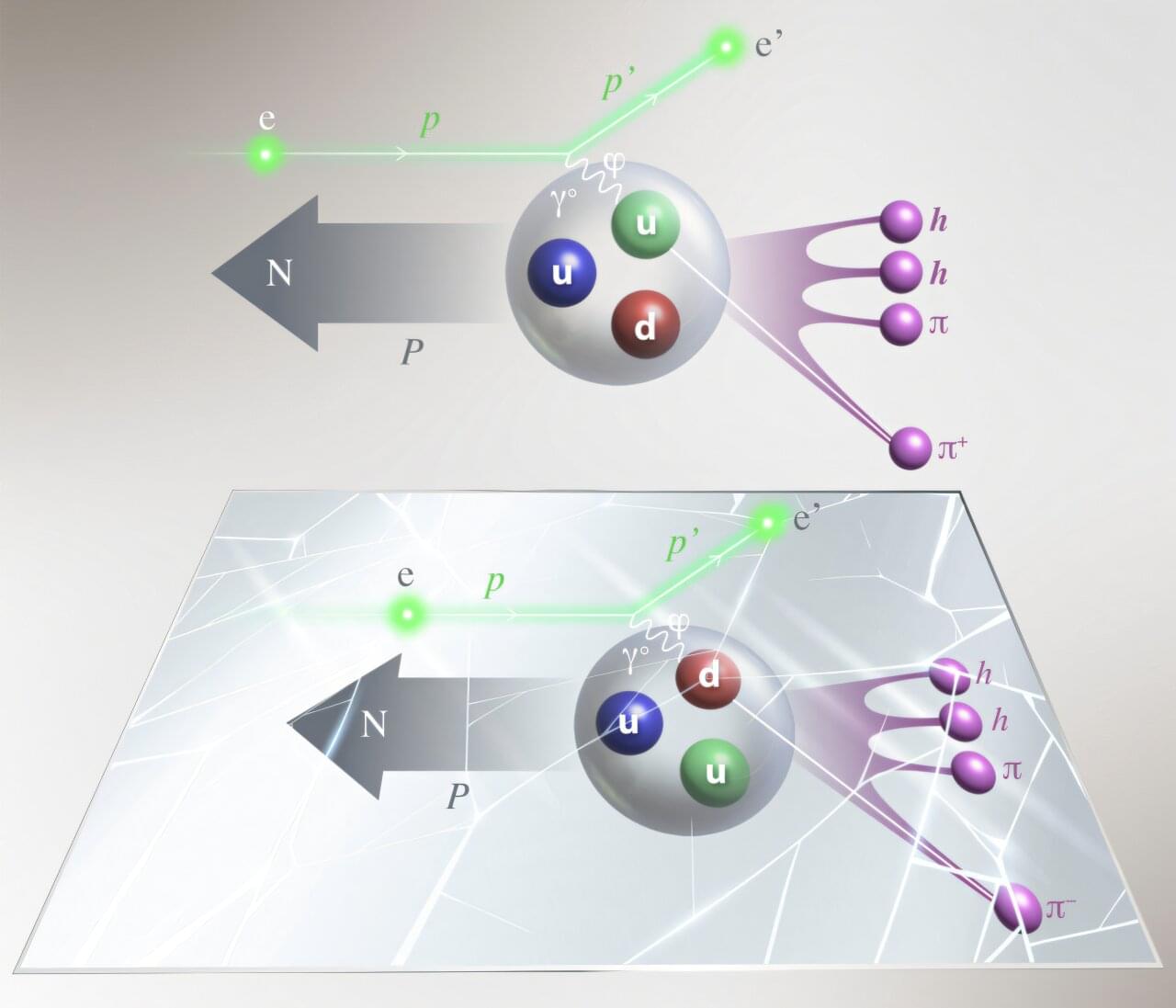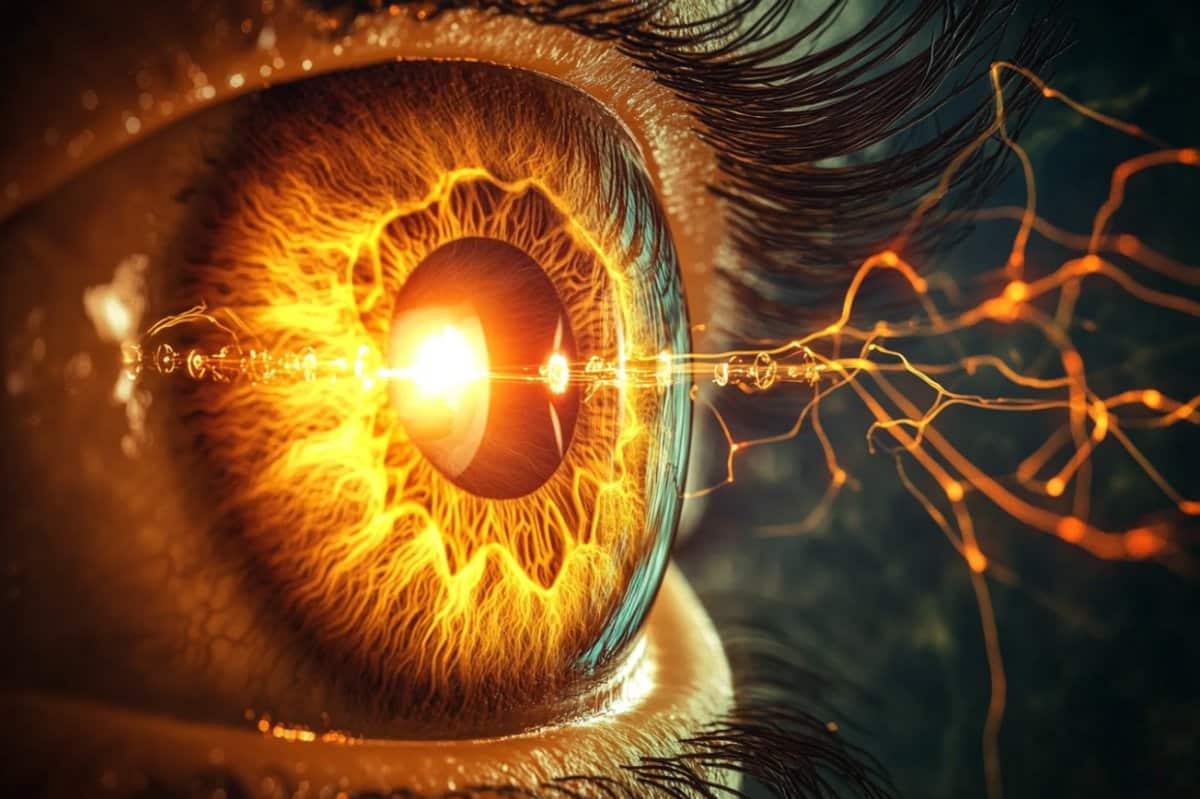An atomic magnetometer uses lasers and a gas of atoms, such as rubidium, to detect magnetic fields. The atoms behave like tiny magnetic compasses, with their spins moving in response to magnetic forces. Using two atomic species—in so-called comagnetometers—boosts performance and opens the possibility of detecting exotic spin interactions predicted in theories that go beyond the standard model of particle physics (see Viewpoint: Spin Gyroscope is Ready to Look for New Physics). Now a new design using a pulsed laser rather than a continuous-laser beam has the potential to improve performance even further [1].
Atomic magnetometry requires two light beams: a pump beam that aligns the atomic spins in a certain direction and a probe beam that detects the movement of those spins relative to that alignment direction. With a single species of atoms, one can measure the local magnetic field. With two species of atoms, one can cancel the magnetic-field signal and other background effects and search for possible spin-dependent signals from dark matter or from other hypothetical particles.
Jingyao Wang from Princeton University and her colleagues have developed a comagnetometer based on a bell-shaped vapor cell filled with rubidium and neon atoms. By applying their pump laser in a repeating pulse pattern (on for 6 ms, off for 20 ms), the researchers can make spin measurements “in the dark” and avoid the noise of the laser. With further improvements, the team predicts its comagnetometer will be 4 times more sensitive than current continuous-laser comagnetometers to potential signals from axions or from other hypothetical particles.








